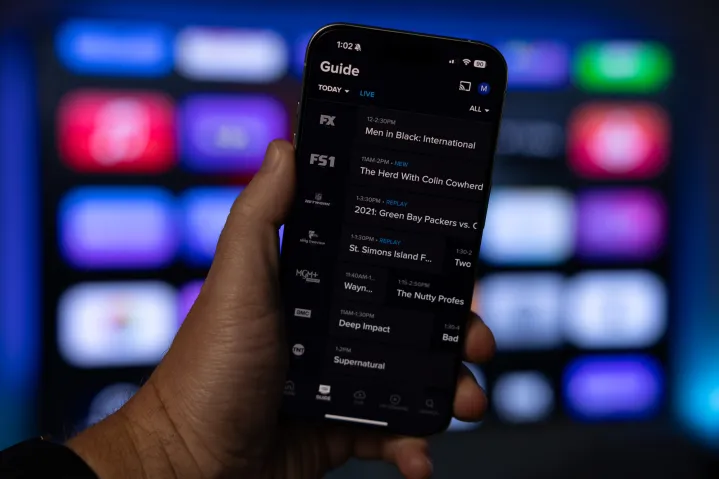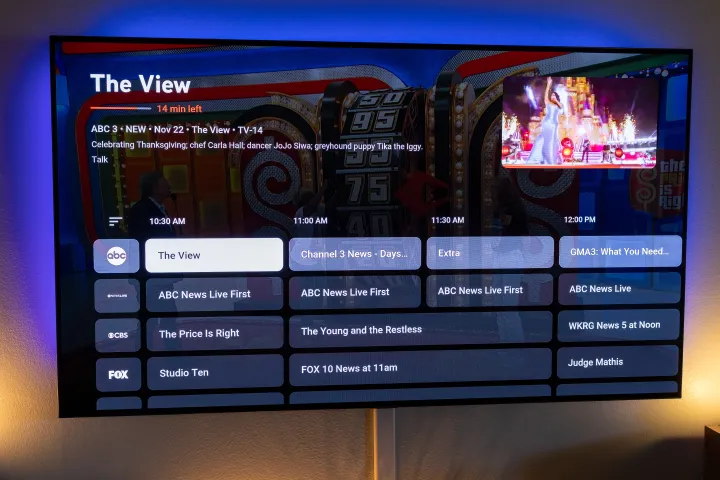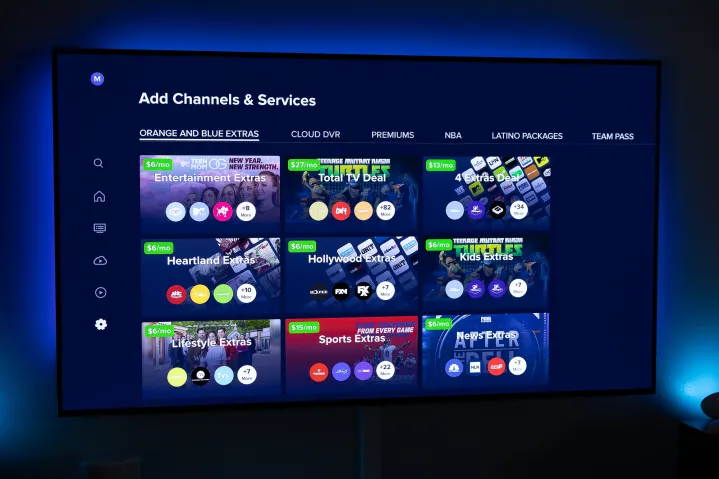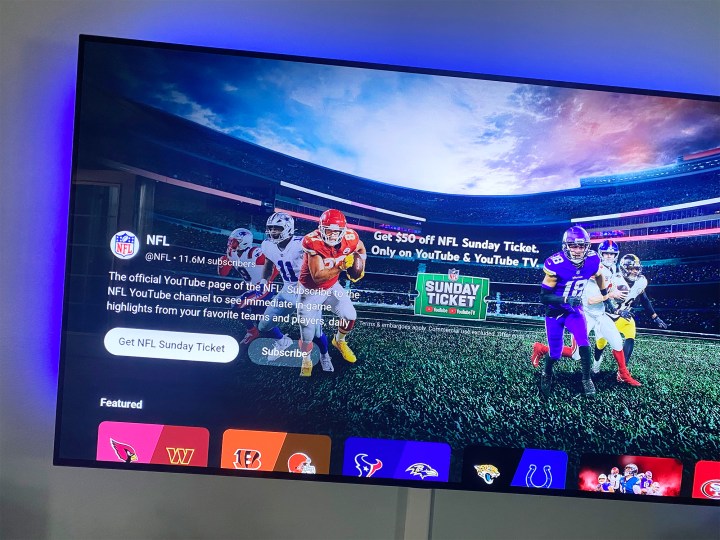
YouTube TV is the most popular live-streaming service in the U.S., with more than 8 million subscribers. Sling TV has about one-quarter of that. But it’s still worth looking at the latter against the former because it does things a little differently.
Whereas YouTube TV has a single plan with a bunch of channels, Sling TV allows for a little more customization and has a lower starting price. And because the really important thing when choosing a streaming provider is whether it has the channels you want at a price you’re willing to pay, it’s possible that Sling TV may well be the right choice for you, but you’ll need to do a little homework here.
So let’s take a look at
Plans and price
And that’s before you get to sweeteners.
Channels
As for the exact channel breakdowns, we’ve got you covered. Just be aware that these are subject to change at any time.
Sling TV channels
Channels exclusive to Sling Orange: Disney Channel, ESPN, ESPN2, ESPN3, FreeForm, and Motor Trend.
Channels exclusive to Sling Blue: Bravo, Discovery Channel, E!, FS1, FX, Fox News, HLN, MSNBC, NFL Network, National Geographic, SYFY, TLC, USA, and TruTV.
The following channels are available on either track: A&E, AMC, AXS TV, BBC America, BET, Bloomberg, Charge!, CNN, Cartoon Network, Comedy Central, Comet, Food Network, Fuse, HGTV, History Channel, IFC, Investigation Discovery, Lifetime, Local Now, MGM+ Drive-In, Nick Jr., QVC, TBS, TNT, Travel Channel, and Vice.

YouTube TV channels
The following are available to all
ABC, ABC News Live, ACC Network, All Reality WE TV, AMC, Animal Planet, BBC America, BBC News, BET, BET Her, Big 10 Network, Bounce, Bravo, Cartoon Network, CBS, CBS Sports Network, CHARGE!, Cheddar, CMT, CNBC, CNN, Comedy Central, Comedy.TV, Comet TV, Court TV, Cozi, CW.
Dibl, Discovery Channel, Disney Channel, Disney Junior, Disney XD, E!, ESPN, ESPN2, ESPNews, ESPNU, Food Network, Fox, Fox Business, Fox News, Fox Soul, Fox Weather, Freeform, FS1, FS2, FX, FXM, FXX, Galavision, Game Show Network, GET, Golf Channel, Hallmark Channel, Hallmark Family, Hallmark Mystery, HGTV, HLN, HSN.
IFC, Investigation Discovery, ION, JusticeCentral.tv, LiveNOW, Local Now, Magnolia Network, MotorTrend, MSNBC, MTV, MTV Classic, MTV2, Nat Geo, Nat Geo Wild, NBA TV, NBC, NBC LX, NBC News Now, NewsNation, NFL Network, Nick Jr., Nickelodeon, Nicktoons, OWN, Oxygen True Crime, Paramount, PBS, PBS Kids, POP.
QVC, Recipe.tv, Scripps News, SEC Network, Smithsonian Channel, Start TV, Stories by AMC, Sundance TV, SYFY, T2, Tastemade, TBD TV, TBS, TeenNick, Telemundo, The Walking Dead Universe, The Weather Channel, TLC, TNT, Travel Channel, TruTV, TUDN, Turner Classic Movies, TV Land, TYT Network, UniMas, Universal Kids, Univision, USA, VH1, WE TV.
Local channels
The stories are pretty simple when it comes to local channels.
The simple fact is that
Add-ons

Things are a little different when it comes to add-ons simply because of the way
In other words, if you want the same number of channels on
Both services share a number of premium add-ons, like Paramount+ and Showtime, STARZ, and AMC+, for starters. Both also have NBA League Pass. But

The first is NFL Sunday Ticket. That’s the scheme by which you’ll get every out-of-market NFL game every Sunday. (So long as it’s not blacked out where you live.) It’s not inexpensive, but
The other is 4K Plus. For an extra $10 a month,
Total subscribers
When it comes to the total number of subscribers, it’s pretty much no contest.
The stories couldn’t be more different.
Editors' Recommendations
- The 5 best YouTube TV alternatives in 2024
- Hulu with Live TV: plans, price, channels, bundles and more
- Do you need the internet for Sling TV?
- Is college football on Sling TV?
- Does Sling TV have local channels?




